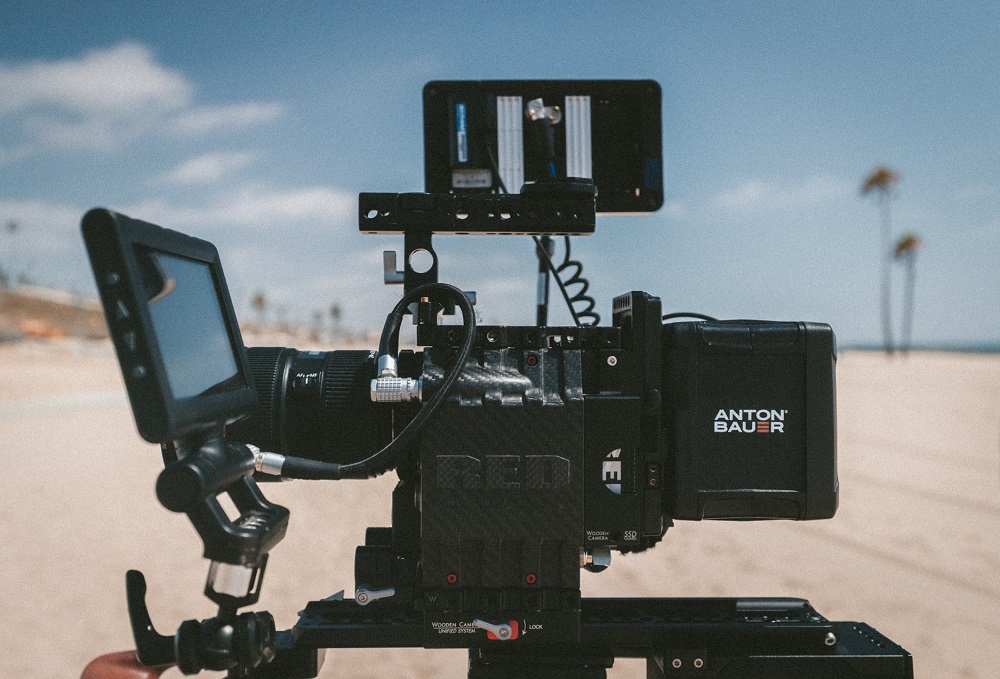
Video advertisements were revolutionary when they first came out, effortlessly drawing in consumers and holding their attention. Nowadays, however, they’re more often seen as a nuisance, stuck in front of the free video content the consumer is watching and creating a collective sigh among viewers. So how do companies that rely heavily on marketing reignite the flame of intrigue their audience previously had? The Turner AdLab may be able to help.
Turner AdLab encouraged companies to advertise with specific target audiences and results in mind, but what really made it stand out was its ability to turn video ads into an enjoyable experience. They did this through creating video ads that followed a narrative and were shorter than their predecessors. Unfortunately, the industry couldn’t be turned on its head through the AdLab’s changes alone.
The group continues to find new ways to make advertising and video content a customer-focused initiative, only putting out quality marketing videos when consumers want to see them and can take valuable information from them. To ensure all ads stay this way, the advisory board is composed of individuals who each have a different area of expertise, pairing marketers and ad techs with researchers and media directors.
When video ads have once again made the public’s viewing experience pleasant rather than tedious, Turner AdLab and its associates will have reached their goal. The final product is more easily achieved through analysing each video ad’s marketing effectiveness and overall experience. Measuring these two things requires three others.
The first parameter is an understanding of consumer psychology. With constant thought evolution that coincides with the fast-paced advancement of the human world, consumers can be hard to figure out. It’s therefore important to pay attention to their behaviour and the trends they’re surrounded by to more accurately target ads towards them.
The second on the list is the creative process of video ads. Reformatting ads to suit the needs of modern day society and buyer activity is an easy way to pique the interest of unsuspecting viewers. Keeping things short and digestible is a simple solution, but changing the presentation and integration of the ad can be more challenging.
The third and final component is knowing the impact of video ads. Reviewing the data after running a series of test can quickly tell you what works and what doesn’t. Each independent variable that you change will have some kind of effect on your return on investment, so you’ll know what to use in the future for better results.
With its success, AdLab will continue to use its consumer-based marketing strategy to develop better video ads, but it will also implement a startup program that reverses the process, bringing in companies that know how to effectively target specific audiences and navigate the consumer mind. It’s hard to say which one will be more successful.
Video advertising is nowhere near extinct; in fact, it’s quite the contrary. Most companies simply need to change the way they approach video ads to revive that kind of marketing.
